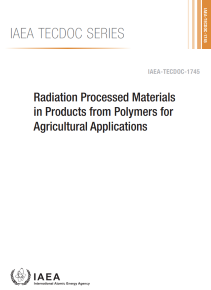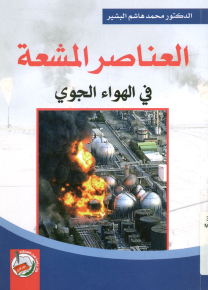Radiation Protection and Safety of Radiation Sources: International Basic Safety Standards
INTERNATIONAL ATOMIC ENERGY- Radiation Protection and Safety of Radiation Sources: International Basic Safety Standards.
The IAEA’s Statute authorizes the Agency to “establish or adopt…
standards of safety for protection of health and minimization of danger to life and
property” — standards that the IAEA must use in its own operations, and which
States can apply by means of their regulatory provisions for nuclear and radiation
safety. The IAEA does this in consultation with the competent organs of the
United Nations and with the specialized agencies concerned. A comprehensive
set of high quality standards under regular review is a key element of a stable and
sustainable global safety regime, as is the IAEA’s assistance in their application.
The IAEA commenced its safety standards programme in 1958. The
emphasis placed on quality, fitness for purpose and continuous improvement
has led to the widespread use of the IAEA standards throughout the world. The
Safety Standards Series now includes unified Fundamental Safety Principles,
which represent an international consensus on what must constitute a high level
of protection and safety. With the strong support of the Commission on Safety
Standards, the IAEA is working to promote the global acceptance and use of its
standards.
Standards are only effective if they are properly applied in practice.
The IAEA’s safety services encompass design, siting and engineering safety,
operational safety, radiation safety, safe transport of radioactive material and
safe management of radioactive waste, as well as governmental organization,
regulatory matters and safety culture in organizations. These safety services assist
Member States in the application of the standards and enable valuable experience
and insights to be shared.




